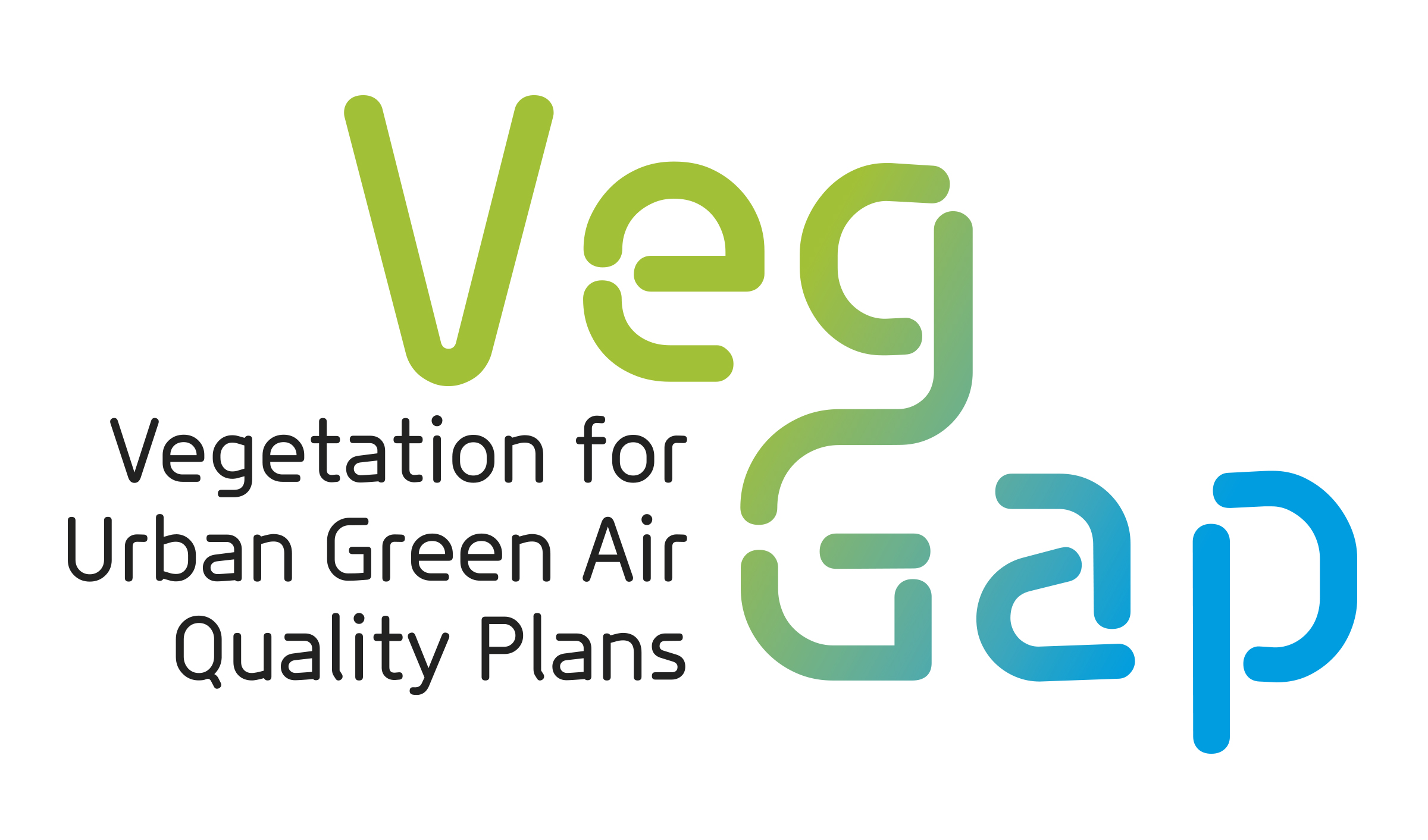It started few months ago, and it will run until 2023: the European project “CLEVER Cities – co-planning for green solutions on local scale, to add value and social inclusion in the city”. The aim of the project is to reach an urban regeneration, which is at the same time sustainable and socially inclusive. “CLEVER Cities” is funded under Horizon2020, the EU programme dedicated to research and innovation.
Partner cities are: Amburgo, which takes the lead, Londra and Milan as “front runner”. Also Malmo, Madrid, Larissa (Greece), Sfantu Gheorghe (Romanian), Belgrade and Quito (Ecuador) are part of the project as “follower” cities. Several institutions are participating and collaborating with different tasks and roles. In Italy, Fondazione Politecnico di Milano, WWF Italia, Ambiente Italia, AMAT, RFI and Eliante.
Urban regeneration starting from “nature-based solutions”
The regeneration of urban spaces, promoted and tested by the project, takes place through natural elements used like an instrument. They are the so-called “nature-based solutions” (NBS): design solutions, derives from and supported by nature, which bring environmental, social, cultural and economic benefits.
A series of focused interventions is taking place in the partner cities. Then the actions will be monitored to verify the achievement of the intended purpose and, at the same time, their replicability in different contexts.
Milan as protagonist with various actions
The City of Milan, with anyone who is
interested, carries out innovative naturalistic interventions in the neighborhoods,
buildings and infrastructure, in particular in the south quadrant of the city
and then disseminating them all over the metropolis. Milan projects follow
three directions. The first one, identified with the slogan “Rinverdiamo
Milano!”, promotes the implementation of green roofs and facades through an
innovative participatory campaign. The second one, called “Rotaie Verdi 2.0”,
intends for some green to integrate in the existing railway infrastructure. The
Tibaldi Station will be designed as part of the landscape, in line with the
urban environment, making it a meeting place, full of greenery both outside and
inside, with experimental noise barriers. The third one, “Green Data”, seeks to
integrate innovations that allow better monitoring and maintenance of green
areas, encouraging both the sharing of gardens and the participatory care of
public green. An example is “Giambellino 129”, one project about a garden
shared by the community, where it is possible to experiment with forms of
co-creation and new system and technologies for managing of green.
To learn more about the project CLEVER Cities:


